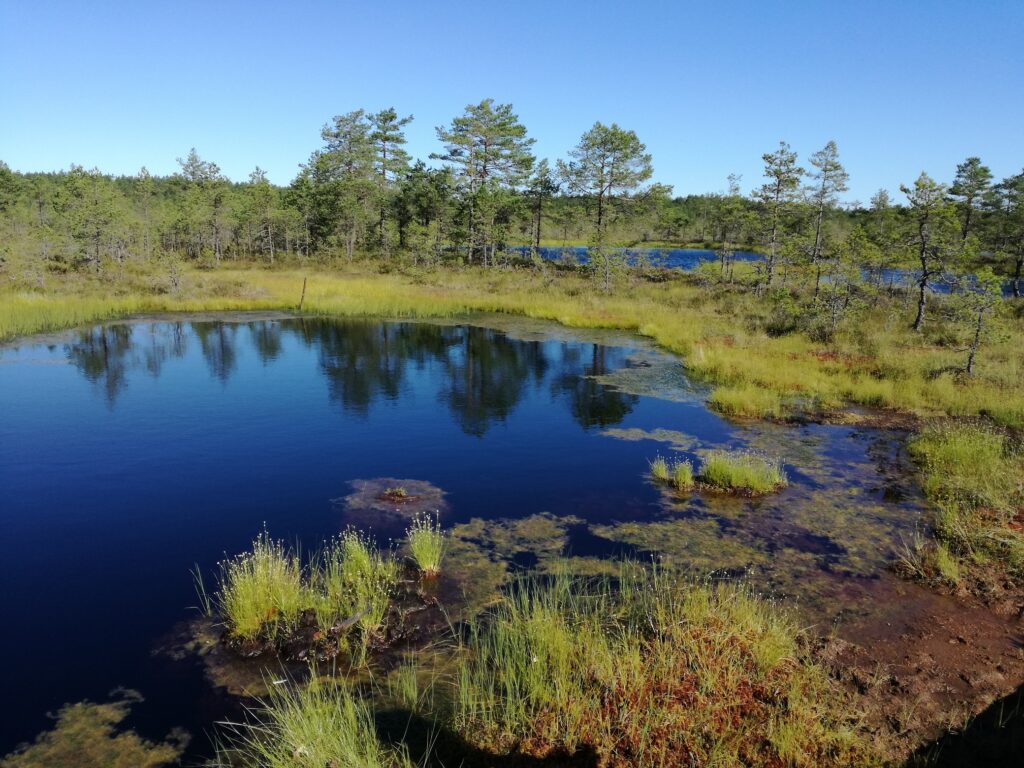
dav
Ecologists and conservationists are studying why some areas are more resilient to extreme events, such as fire and drought, and how they could protect at-risk creatures as the impacts of climate change increase over time.
The areas will become increasingly important to help save species from extinction as the impacts of climate change and increased agriculture eating become more severe.
Forest ecologist, Dr Meg Krawchuk, who co-authored the new paper, said these locations share characteristics that shield them from some of the damage that climate change can do in other parts of the landscape, including the type of terrain and vegetation; proximity to bodies of water such as rivers, lakes and streams and the direction of slopes.
Developing a disturbance refugia framework that recognizes multiple types of forest disturbance under one banner is an important step for research and management of forest ecosystems that are changing as the planet warms.
Refugia science can apply beyond forests and has shown other uses, in light of the Covid-19 pandemic. Dr Krawchuk added: “We’re increasingly realizing that refugia science might provide theory and analysis of the critical role of refugia in social and ecological resilience. For example, as resistance to diseases that can be transmitted from animals to humans, pandemics like COVID-19, political turmoil, violence and land use issues, particularly in the context of extreme events. Refugia are areas of resistance that contribute to system-level resilience.”

